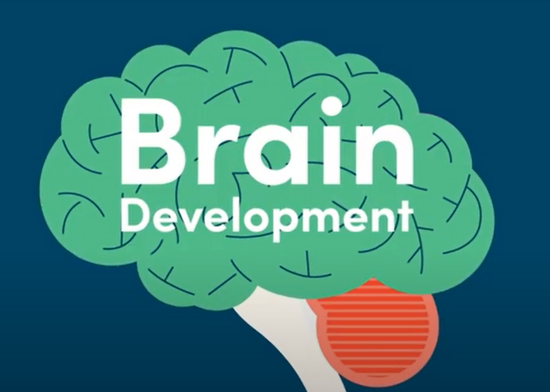Understanding loot boxes: a guide for parents and whānau
Gaming is a big part of many young people’s lives. It can be fun, social and educational. As parents and whānau it’s important that we know what’s in the games our rangatahi are playing.
This page contains advice and answers to frequently asked questions for parents and whānau who want to understand what a loot box is.
What is a loot box?
Loot boxes are virtual containers holding random items that you can use in some video games – items like a new character outfit, weapon, or special ability.
Often these games encourage players to spend real world money on loot boxes, though they can sometimes be earned by playing the game.
When a player pays for a loot box they are essentially buying the chance to win a desirable item, but there’s no guarantee they will get it and actually good items are rare.
In this way, loot boxes are psychologically similar to conventional forms of gambling.
Remember, playing a game should be fun, not something that makes your child feel stressed or sad.
Common questions about loot boxes
How are loot boxes like gambling?
Players and gamblers both spend real money for the chance to win something valuable. This random outcome is a core element of gambling. In gambling and with loot boxes a person spends money and may or may not get what they want (that might be winning money or winning the item you need for your game). But they can also end up out of pocket and not get what they were after.
Both loot boxes and gambling often rely on intermittent rewards. That means winning what you want only now and then. This is a powerful way to encourage someone to continue doing something. It teaches a person to feel that even though they didn’t get what they want they are one step closer if they just keep trying. Essentially, a “loss” is seen as a step on the pathway to a win. This kind of behaviour is quick to learn and hard to unlearn.
Video games have been around for ages though - why are we talking about this now?
Since about 2016 loot boxes have become increasingly common on all gaming platforms. A study from April 2019 found that 71% of the most played PC games contained loot boxes.
If your child plays video games, they are more than likely to have come across loot boxes.
Surely if they are so common then gamers must not mind loot boxes?
Much of the criticism of loot boxes is from the gaming community. Players find loot boxes – particularly loot boxes that require payment – frustrating and exploitative because the player cannot be sure they will get the item they want. They are buying something but they don’t know what that ‘thing’ is. And it’s tough for players when they can only get the item they want from a loot box.
People might not like loot boxes, but is there a real problem?
Scientists are concerned by the similarities between many loot box systems and conventional forms of gambling.
A 2017 study found that almost half of the loot boxes reviewed met the psychological criteria to be considered gambling. Several studies found people with gambling problems tend to spend more on loot boxes than people without gambling problems. That means people who have a gambling problem may pay for loot boxes more than other people.
The financial stakes can be high. At the extreme end, large sums of money are being spent – up to $1500 for a single item.
Is my child going to become a problem gambler?
Loot boxes are quite new, and so we don’t have much information about the long-term impacts on players. We do know that giving someone a randomised reward, where wins are delivered intermittently, is a very effective way to get someone to repeat a behaviour.
Who would spend that much money on something that only exists in a game?
Items can be meaningful to players even though they are virtual and exist only within a game. Virtual items can help you do better in a game or can also be used to impress other players in a multiplayer game. For example, children have reported being bullied while playing Fortnite with ‘default skins’ (i.e., they haven’t obtained more valuable character outfits by purchasing loot boxes).
How would I know if a game has a loot box?
At the moment there’s no real way to tell which games have loot boxes unless you go through the game and look for screens where you can buy or open them. Game reviews or Google searches will often tell you if there is any in-game purchases. Search the game name with the terms “loot boxes”, “card packs”, or “prize crates”.
How should I talk about loot boxes to my child?
Talk to your child about what they are playing and ask to see “the store” if there is one. If you find randomised rewards such as loot boxes you could talk about how they are designed to make money. Try open-ended questions like, “I’ve been hearing about loot boxes. What are they?” or “Do any of the games you play contain loot boxes?” This will allow your child space to discuss the mechanism with you without feeling judged.
What else can I do?
Do a bit of research before buying games to make sure they’re age-appropriate. All game consoles and mobile devices have parental controls that you can turn on to prevent in-game purchases from being made. Talk with your young person about the risks of using your credit card to buy loot boxes.
Was this helpful?
If you'd like to know more about this topic, get in touch. We're happy to help.



